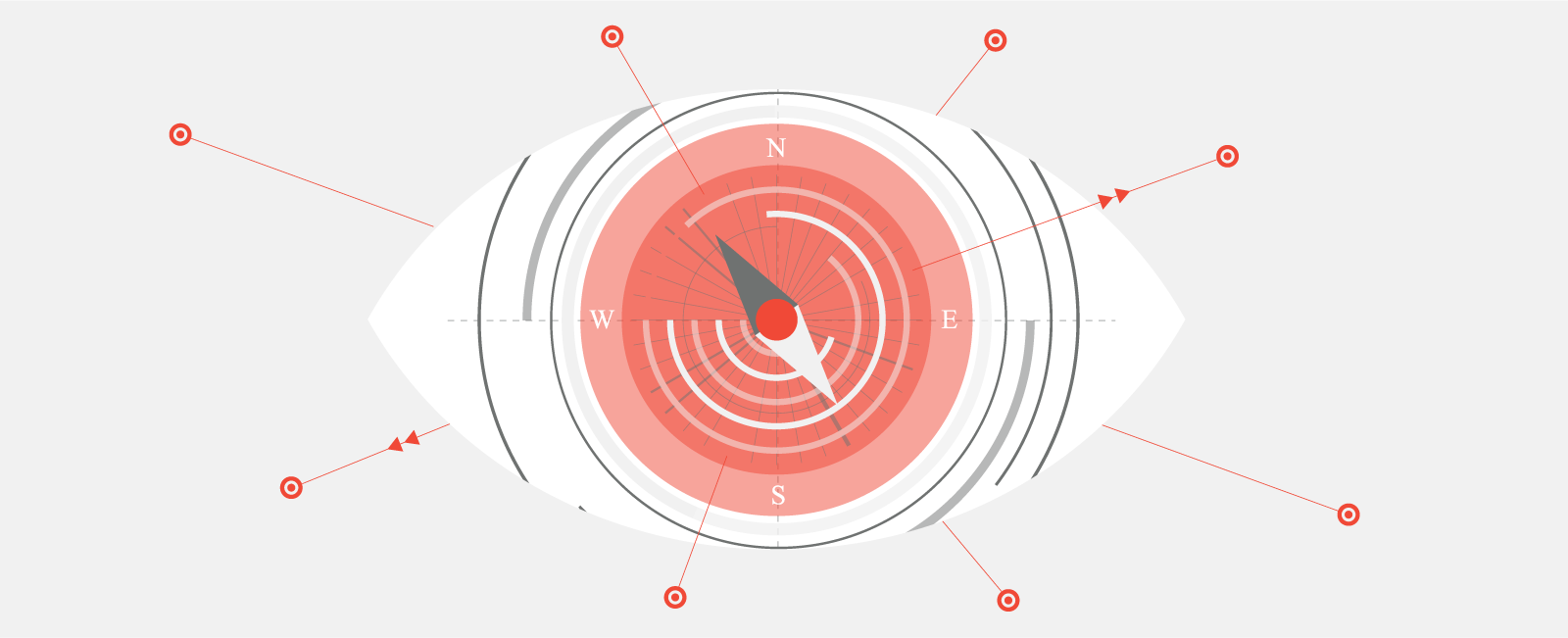Is regulation a constant or a variable? In mathematics, a constant is a number with a fixed value, for example, the number one or an unchanging ratio such as Pi. A variable is a symbol for a value that is unknown. The value of a variable depends on its context. For instance, the speed at which the same vehicles can travel safely will depend on the type of road surface but also on the type of vehicle, the skill of the driver, the weather conditions, and so on. The numerous applications of constants and variables in mathematics, physics, statistics, engineering, computing, and research is vital to safety, to reliability, and indeed, to understanding of our world.
Can the idea of constants and variables help us with licensing and regulation? At first glance, these words seem contradictory. Regulation is undoubtedly based on constants, legal frameworks, universally applied standards, and enforceable rules. Regulation, we might suggest, is dedicated to the elimination of variants. In licensing we look for equivalence in qualifications, consistent processes, and fairness in decision-making; we want to ensure that everyone who receives a licensee meets the same requirements in terms of competence to practice.
Similarly, in the setting and enforcing of standards, it is reliability of input and outcome that we seek.
Take the licensing of medicines and the people who prescribe and use them as an example. The researchers and scientists who develop new medicines will spend a lot of time testing constants and checking different variables, trying to be sure about what is a correlation and what is the cause of an effect. But once a medicine is approved for use by the FDA or the European Medicines Agency, certainty, not doubt, is the objective. We regulate the chemical composition, the place of manufacture, the shape and the color of the pill, the dose, the name, the packaging, and the patient information leaflet. Everything must be constant and everything the same.
We license the pharmacists who sell and dispense medicines, setting rules for their premises including, in some jurisdictions, their location. Then we license the people who give them to patients; the physicians and nurses. We follow this with rules and protocols for the storing, prescribing, and recording the use of medicines.
Surely in this multi-linked chain of regulation from manufacture to consumption, in this commitment to controls and checks and consistency, nothing can go wrong, right? But it does. It does because of the variability of human choices. People make mistakes; people break the rules; people commit crimes. People are variants.
So, we cannot eliminate variables by regulation, only reduce them. That has been a primary objective in regulatory design ever since regulators started thinking about their own purpose and impact.
But suppose if in professional licensing and regulation, rather than seeking to reduce or eliminate variables, we bring them into our regulatory thinking and use them to improve quality and safety. Just as the designers of a tall building must take wind strength, direction, and speed into account — not to stop the wind from blowing, but to allow for the building to shift and sway safely.
The recent pandemic has forced professional regulators – in healthcare in particular, but in other industries, too – to flex their rules, to bend to the force of the infectious wind at least on a temporary basis. Changes have been made to training and examinations, to who is allowed to work and where. Students and retired licensees have been called up and we have seen regulators, previously determined to be consistent and constant, become flexible and creative and collaborative. It is important now that we assess the impact of these changes; that we learn from them and do not automatically fall back to the old ways of doing things.
Right-touch regulation asks regulators to be both ‘consistent’ and ‘agile.’ Those requirements seem incompatible. Constant change is not possible in licensing. We can’t keep changing the rules so that no one knows what is expected of them. But if we engage with the variables in professional practice and its environment, as we have done under the duress of the pandemic, maybe we can learn to be agile without losing the consistency which is necessary for people’s trust in regulation.
Of course, regulation has always changed and developed in the face of variables. New discoveries in science, new materials, new risks, new workforce needs, economic and social demands all impact on what Malcolm Sparrow calls ‘the regulator’s craft’. That word ‘craft’ helpfully reminds us that regulators create regulation — they don’t just deliver it ready-made. Agile regulation is able to adapt, to flex, to anticipate the future, to create – in the words of Right-touch regulation – a framework in which professionalism can flourish.
Professional regulation should not impose uniformity and conformity but recognize and embrace the variability of human choices. “You said, ‘I am as constant as the Northern Star’,” sang Joni Mitchell. “Constant in the darkness. Where’s that at? If you want me, I’ll be in the bar.”








